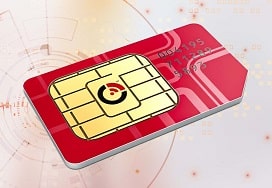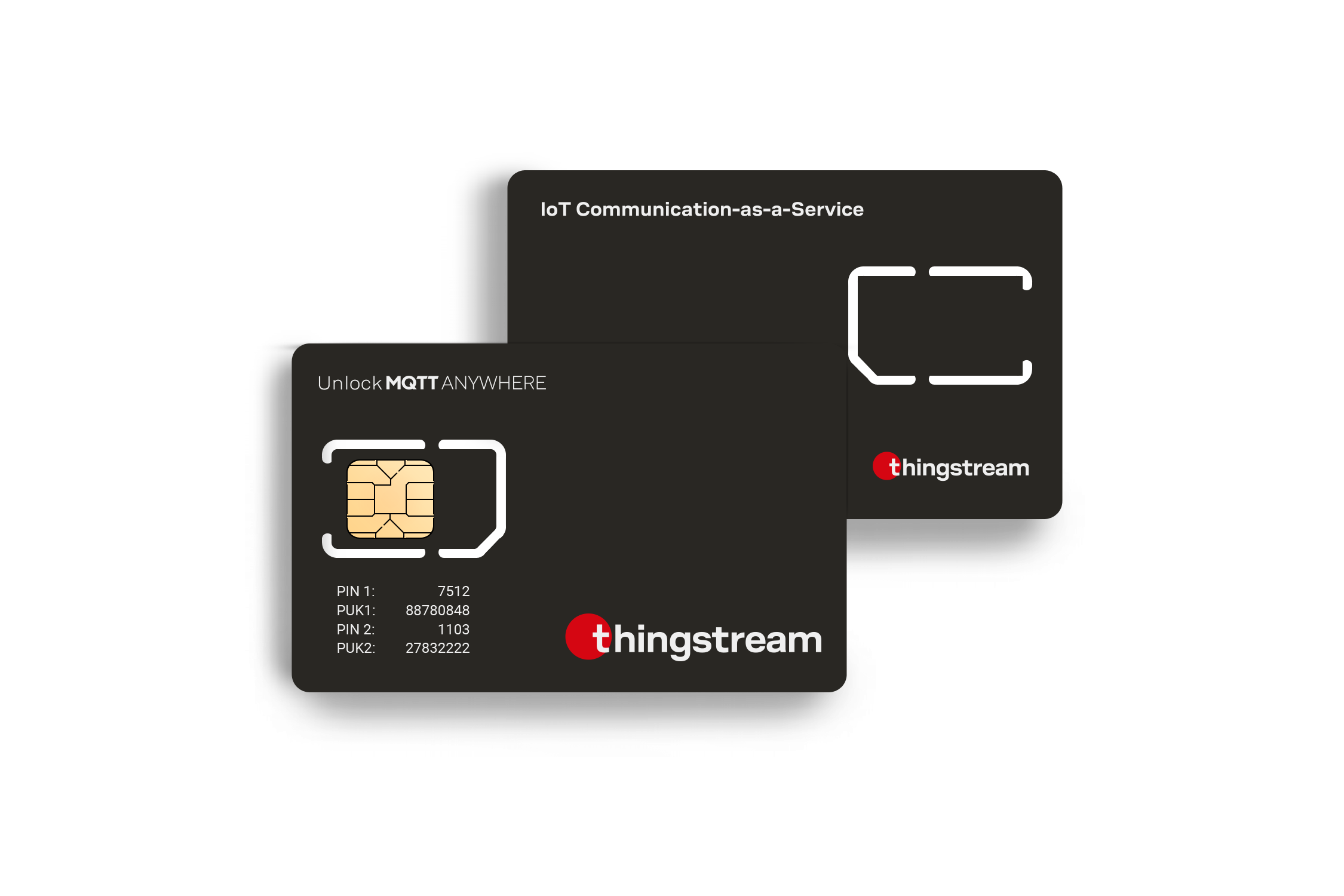Internet Connectivity In IoT Connection Types and IoT Devices Overview
Industrial IoT Connectivity Basics of Global IoT Connectivity
The rise of wearable devices has opened new avenues for innovation across quite a few industries. However, to harness their full potential, sturdy and reliable connectivity options are important. The choice course of for one of the best IoT connectivity options for wearable units requires careful consideration of assorted elements including range, energy consumption, information transmission speeds, and overall consumer experience.
Bluetooth is doubtless certainly one of the most commonly used connectivity technologies for wearables. Its low power consumption makes it ideal for units that always run on batteries. Bluetooth permits a seamless connection between devices like smartwatches and smartphones, allowing customers to obtain notifications and conduct health monitoring with out significant energy draw. The introduction of Bluetooth Low Energy has enhanced its position in the wearable market by extending battery life whereas supporting continuous information change.
Wi-Fi is commonly utilized in more strong wearable functions, especially in situations where excessive knowledge throughput is important. It supplies important advantages for streaming knowledge and syncing giant volumes of knowledge. What Is IoT Connectivity?. Many smart glasses and superior health trackers use Wi-Fi to push updates and real-time data analysis. The main downside stays its power consumption, making it much less appropriate for battery-operated wearables meant for extended use with out frequent charging.
Cellular connectivity, encompassing standards like LTE and rising 5G technologies, provides in depth protection, enabling wearables to function independently of smartphones. This is especially beneficial for fitness trackers that permit customers to keep up connectivity during outdoor actions, the place smartphone connectivity could also be compromised. The introduction of eSIM technology has further streamlined the mixing of cellular connectivity into wearables, offering flexibility in subscriptions.
Connectivity Technologies In IoT Overview of IoT Connectivity Technologies
LoRaWAN (Long Range Wide Area Network) is one other thrilling IoT connectivity choice for wearables, especially in biometrics and healthcare monitoring. Its prolonged vary permits wearables to transmit information over a number of kilometers with no cellular connection. This functionality is instrumental in remote areas, enhancing the monitoring of patients or individuals in outside situations. Moreover, its low-power profile aligns nicely with the energy-efficiency wants of wearable units.

NFC (Near Field Communication) presents a unique yet limited option for wearables. Primarily seen in contactless funds and keyless entry techniques, NFC allows for immediate transactions or information exchanges inside shut proximity. While not appropriate for continuous data switch like different technologies, its simplicity and immediacy make it a useful addition, notably in gadgets infused with public transportation options.
Mesh networks, enabled by technologies like Zigbee or Thread, create a singular opportunity for wearables inside smart house ecosystems. These technologies permit gadgets to speak with one another, enhancing performance such as smart home integration and improving data sharing amongst varied units. The interconnected nature of mesh networks brings about varied benefits in coverage and energy effectivity, which are critical within the wearable landscape.
IoT Satellite Connectivity Connection Types and IoT Devices Overview
The trade-offs between bandwidth and energy consumption are essential when assessing the best IoT connectivity options. Wearables designed for health monitoring usually prioritize energy efficiency over excessive knowledge throughput. Their ability to gather and transmit small, consistent information packets can leverage low-power protocols with out sacrificing total performance. This strategy is particularly efficient when considered in long-term monitoring eventualities, similar to chronic disease administration or aged population health care.
Another notable facet considerations the consumer expertise associated with connectivity options. Quick and dependable link establishment can significantly enhance the usability of a tool. Users sometimes count on seamless integration with smartphones or different major devices. This expectation can put pressure on manufacturers to choose connectivity options that ensure smooth interactions while maximizing battery life.
Security remains a foremost concern for wearable device connectivity. As these devices become increasingly built-in into customers' lives, guaranteeing the safeguarding of delicate information is paramount. Protocols like iot connectivity companies TLS (Transport Layer Security) and end-to-end encryption strategies turn out to be essential elements for shielding user information transmitted through different connectivity frameworks. Collaborating with trusted fourth-party safety distributors can improve a device's overall integrity and user confidence.
Market trends indicate a rising inclination in path of multi-connectivity solutions. Wearable devices incorporating a number visite site of connectivity choices can adapt seamlessly to varied scenarios. A smartwatch, for example, may utilize Bluetooth for quick syncs and NFC for contactless payments whereas counting on a cellular connection for receiving notifications throughout exercises. This versatility provides immense worth for customers who seek an all-encompassing gadget that adapts to various needs.
IoT Connectivity Sim Growth of Usable IoT Satellites
Looking ahead, the importance of interoperability amongst IoT connectivity choices will crucially shape the design of future wearable gadgets. Seamless integration across completely different networks will allow wearables to function extra effectively inside an IoT ecosystem. Ambitious producers are beginning to discover APIs that allow units to communicate throughout platforms, amplifying the potential uses of wearables in on an everyday basis situations.
In abstract, choosing the right IoT connectivity choices for wearable units entails a multi-faceted approach. Factors corresponding to power effectivity, data throughput, vary, person experience, safety, and future trends all play very important roles in shaping decisions in this progressive field. With know-how continuously evolving, the concentrate on optimizing these connectivity strategies shall be key in unlocking the huge potential of wearable units for customers worldwide.
Continuous improvements in connectivity technologies may also drive the next era of wearables, making them extra efficient, extra highly effective, and more built-in into the lives of customers. As new IoT options emerge and present technologies enhance, the panorama will shift accordingly, paving the way for a wiser, more related world.
Wireless IoT Connectivity Enhancing IoT Connectivity Solutions

- Cellular connectivity provides widespread coverage and is ideal for wearables that require fixed knowledge transmission without dependence on native networks.
- Bluetooth Low Energy (BLE) allows efficient communication for short-range functions, making it good for fitness trackers and smartwatches that sync information with smartphones.
- Wi-Fi is appropriate for wearable devices needing excessive bandwidth for tasks like video streaming or large information uploads, often utilized in smart glasses and AR gadgets.
IoT Network Connectivity Definition of IoT Connectivity
- LPWAN technologies, corresponding to LoRaWAN and Sigfox, provide long-range connectivity with low energy consumption, facilitating remote monitoring and monitoring applications in wearables.
- Mesh networks improve the connectivity of wearables by allowing units to relay information to each other, rising range and reliability, particularly in dense environments.
- Zigbee is efficient for home automation wearables, permitting devices to communicate seamlessly with smart residence systems whereas consuming minimal energy.
Aws IoT Connectivity Types of IoT Connectivity Options

- Near Field Communication (NFC) permits fast knowledge exchanges for tasks like contactless funds or pairing between gadgets, offering added convenience for wearables.
- Satellite connectivity is essential for out of doors wearables utilized in remote areas, ensuring performance the place traditional networks are unavailable.
- Dynamic connectivity options allow wearables to seamlessly change between various networks based on availability, enhancing reliability and consumer experience.
Mobile Data Connectivity For IoT Benefits and Use Cases of Connectivity Technologies
- 5G technology guarantees ultra-low latency and high-speed data switch for advanced wearable applications, similar to real-time health monitoring and augmented reality experiences.
What are the principle IoT connectivity options for wearable devices?undefinedThe main IoT connectivity choices include Bluetooth, Wi-Fi, cellular networks, Zigbee, and LoRaWAN. Each possibility has its own use circumstances: Bluetooth is right for short-range connectivity, Wi-Fi presents greater bandwidth, cellular is appropriate for broad protection, Zigbee is energy-efficient for small data packets, and LoRaWAN is great for long-range, low-power applications.
(IoT Network Connectivity)
How do I choose one of the best connectivity possibility for my wearable device?undefinedChoosing the most effective connectivity option is determined by numerous components like vary, energy consumption, information switch wants, and environmental conditions. Evaluate the application's requirements, such as whether it demands real-time knowledge transmission or can operate on low power over longer distances.
What is the position of Bluetooth in wearable devices?undefinedBluetooth is extensively utilized in wearable units because of its low energy consumption and ease of pairing. It is appropriate for functions like health trackers and smartwatches that require short-range connectivity to smartphones or different units with out draining the battery shortly.
Is Wi-Fi a great choice for wearables?undefinedWi-Fi is beneficial for wearables that require high-speed internet access and can be charged regularly. It presents larger bandwidth for transmitting bigger quantities of knowledge, making it suitable for applications like video streaming or extensive data synchronization.
Connectivity Technologies In IoT Simplified Global IoT Connectivity
Can wearable devices use cellular networks?undefinedYes, wearable devices can use cellular networks, which permits them to connect directly to the web without having a smartphone. This option is ideal for functions that require real-time knowledge transmission over long distances, corresponding to GPS tracking and emergency services.
What are Zigbee and LoRaWAN, and the way do they apply to wearables?undefinedZigbee is a low-power, mesh networking protocol suitable for short-range communication in smart homes and health monitoring. LoRaWAN, on the opposite hand, is designed for long-range communication with low power consumption, making it perfect for wearables that have to transmit data over huge distances while conserving battery life.
How does connectivity impression the battery lifetime of wearable devices?undefinedDifferent connectivity options can considerably have an effect on battery life. For occasion, Bluetooth tends to eat less energy in comparison with Wi-Fi and cellular choices. Understanding the trade-offs between connectivity sort and battery effectivity is crucial for optimizing wearable device efficiency.
What security measures ought to I consider for IoT connectivity in wearables?undefinedSecurity is paramount for IoT units. Implement measures such as encryption, common software updates, safe pairing methods, and system authentication to protect knowledge and preserve consumer privateness. Always comply with finest practices in IoT cybersecurity.
IoT Satellite Connectivity Understanding the Internet of Things
Are there particular compliance standards for IoT connectivity in wearables?undefinedYes, wearables should comply with numerous standards like IEEE 802.15.1 for Bluetooth, IEEE 802 - IoT Connectivity Provider.11 for Wi-Fi, and additional country-specific regulations for cellular technologies. Ensuring adherence to these standards provides reliability and ensures user security and information integrity.